Since China is home to some of the world's most innovative architecture projects, it's no surprise that a wide range of China-based structures have been shortlisted for awards at this year’s upcoming World Architecture Festival, which will be held in Singapore in October. Browsing through the list, it’s clear to see that luxury locations feature prominently: high-end shopping, hotel, residential, office, and dining spaces have all secured coveted spots. Also notable are the facts that many of the projects are located in lower-tier cities and have received accolades for their eco-friendly and sustainable designs. Check out the list's luxury-related China designs below:
Bamboo Courtyard Teahouse#
HWCD
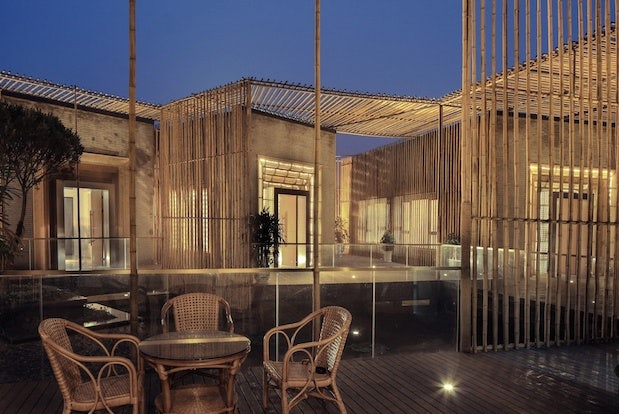
Located in Yangzhou, this cubic structure is a modern take on classical Chinese courtyard aesthetics, featuring bamboo arranged vertically and horizontally to provide a sense of depth. The natural materials of the structure emphasize both its sustainability and congruence with nature. The project reflects its design firm's emphasis on "worldwide interconnectedness," according to Arch Daily.
Palm Island#
HASSELL
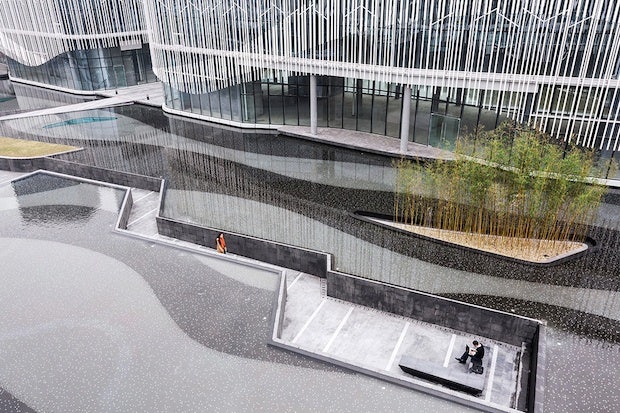
Water is the key design element in this Chongqing project's aesthetic, which was created based on inspiration from the geography of the city, which is located between the Yangtze and Jialing Rivers. Housing five buildings which represent "floating islands" and hold restaurant spaces, its glass structure and ceramic covering interact with the water to create a set of ever-changing reflections.
W Guangzhou Hotel & Residences#
Rocco Design Architects Ltd
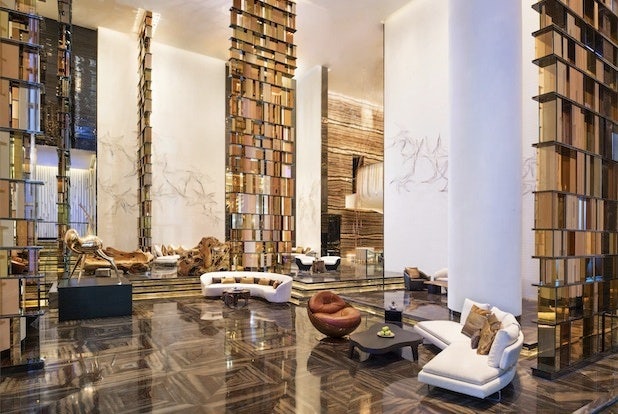
This 106,500-square-meter structure located near Guangzhou's Business District features a 317-room boutique hotel and 160 serviced apartments. According to the designers, “The two portions are architecturally unified into one monolithic block that presents a large-scale public image, defines the street edge and reinforces its linearity, but at the same time is punctuated in the centre with a large vertical 'window' that allows the inner landscaped park of the urban block to visually and spatially merge with the public street."
Shunde Lakeside Condominium#
New Space Architects
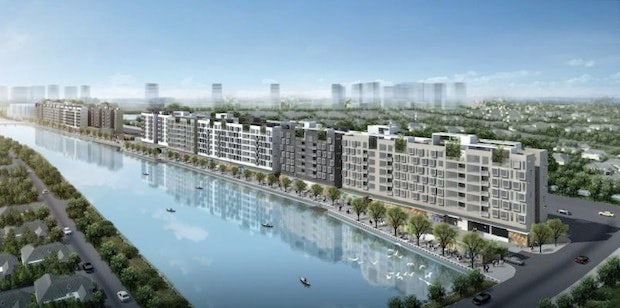
This Guangdong Province condominium project is designed by mid-size firm New Space, a company which "believes in breaking new design paradigms" and has designed private housing, commercial buildings, hotels, and resorts in China, Singapore, and other parts of Southeast Asia.
Pearl River Tower#
Skidmore, Owings & Merrill LLP

Also located in Guangzhou, this 71-story skyscraper is an innovator in clean technology, which extracts energy through wind turbines and solar collectors, photovoltaic cells, raised floors ventilation, and radiant heating and cooling ceilings. These features make it one of the world's most energy-efficient skyscrapers, and have earned the top architecture firm praise from industry and environmental experts alike.
L’Avenue Shanghai#
Leigh & Orange Ltd.
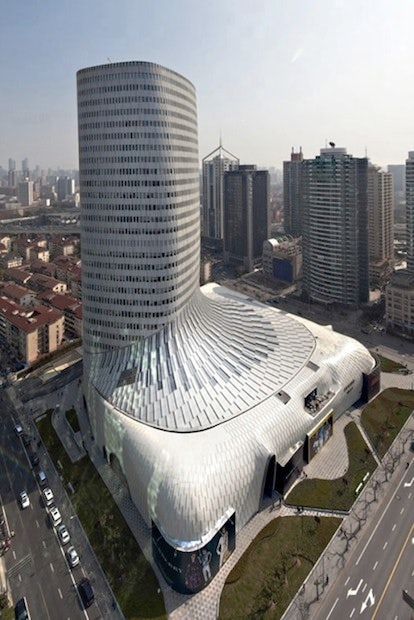
Heightening Shanghai shoppers' aesthetic experience as they browse a plethora of luxury boutiques, luxury mall L'Avenue's design is able to attract brands which remain picky about locations in which to expand in China, such as Dior. Timothy Coghlan at Maosuit provided a thorough look at the investors behind the mall's construction, who include Bernard Arnault, CEO of LVMH. Needless to say, the Louis Vuitton store has a prime piece of real estate in this location, upping its overall first-tier sophistication factor.